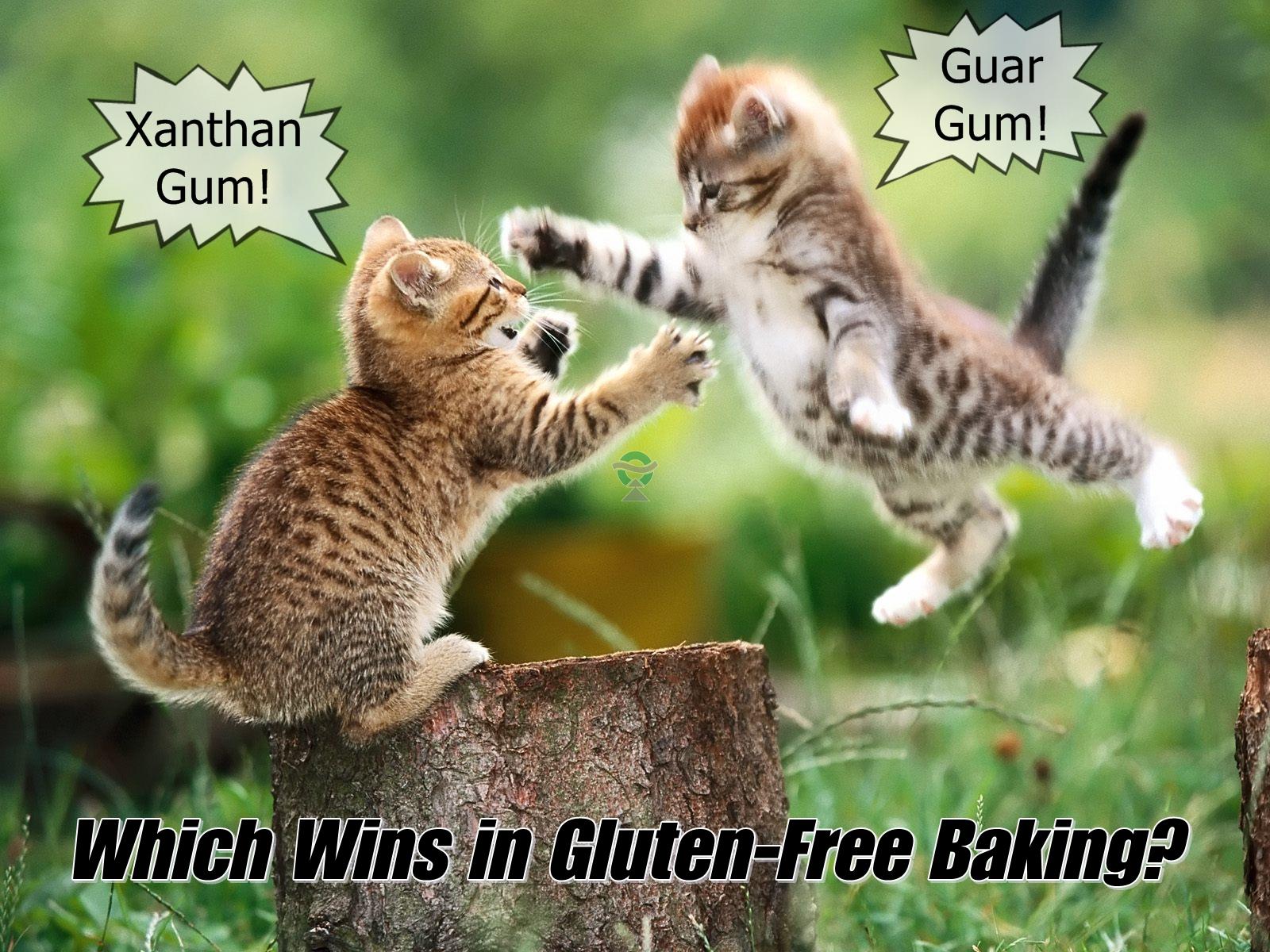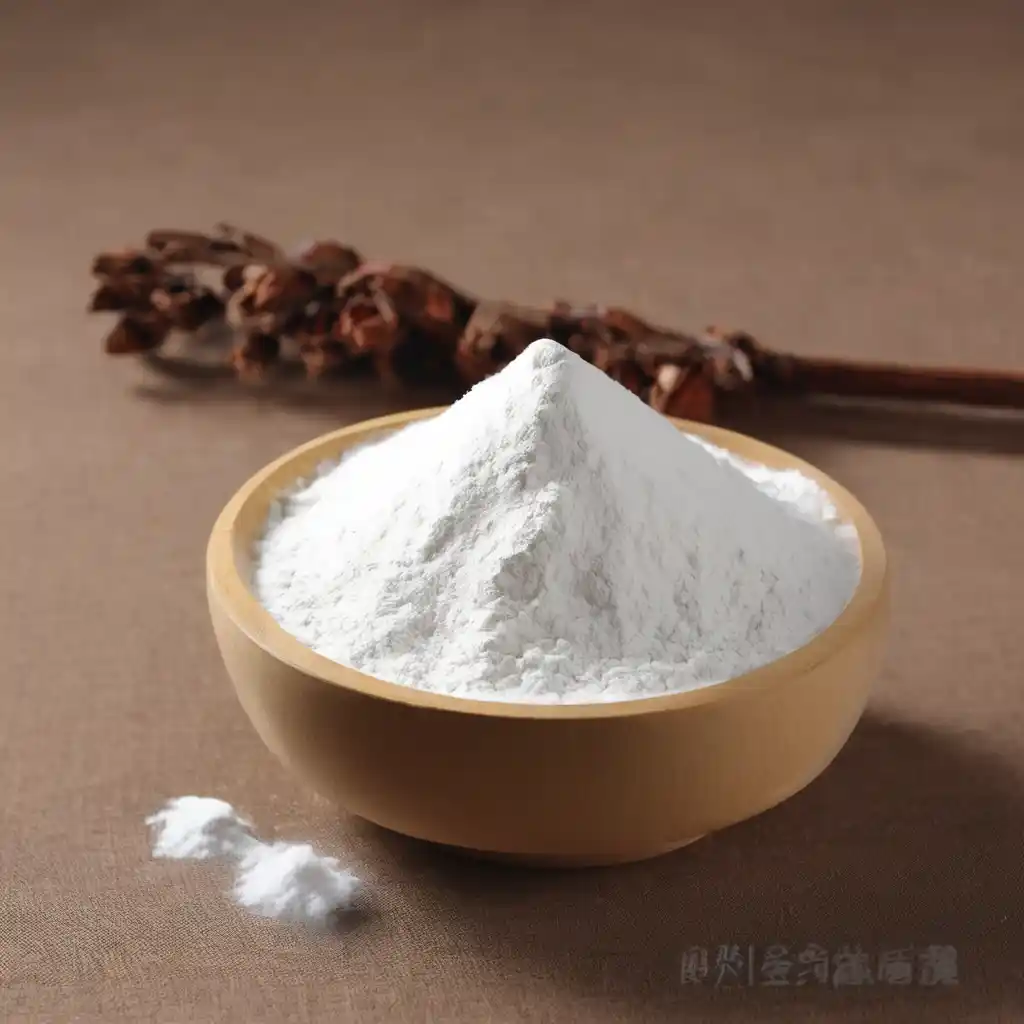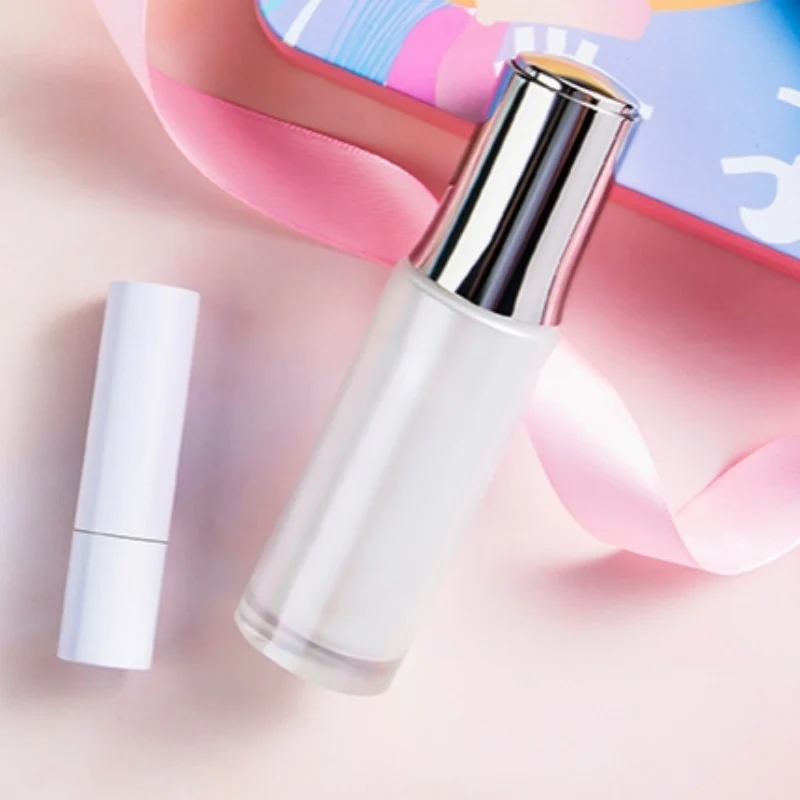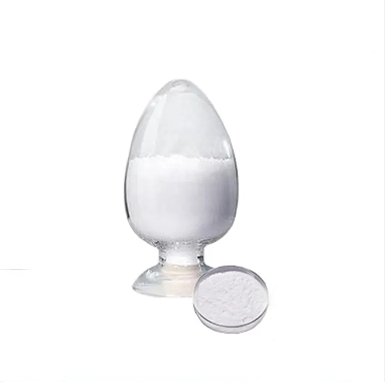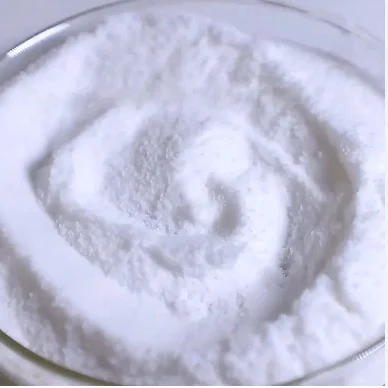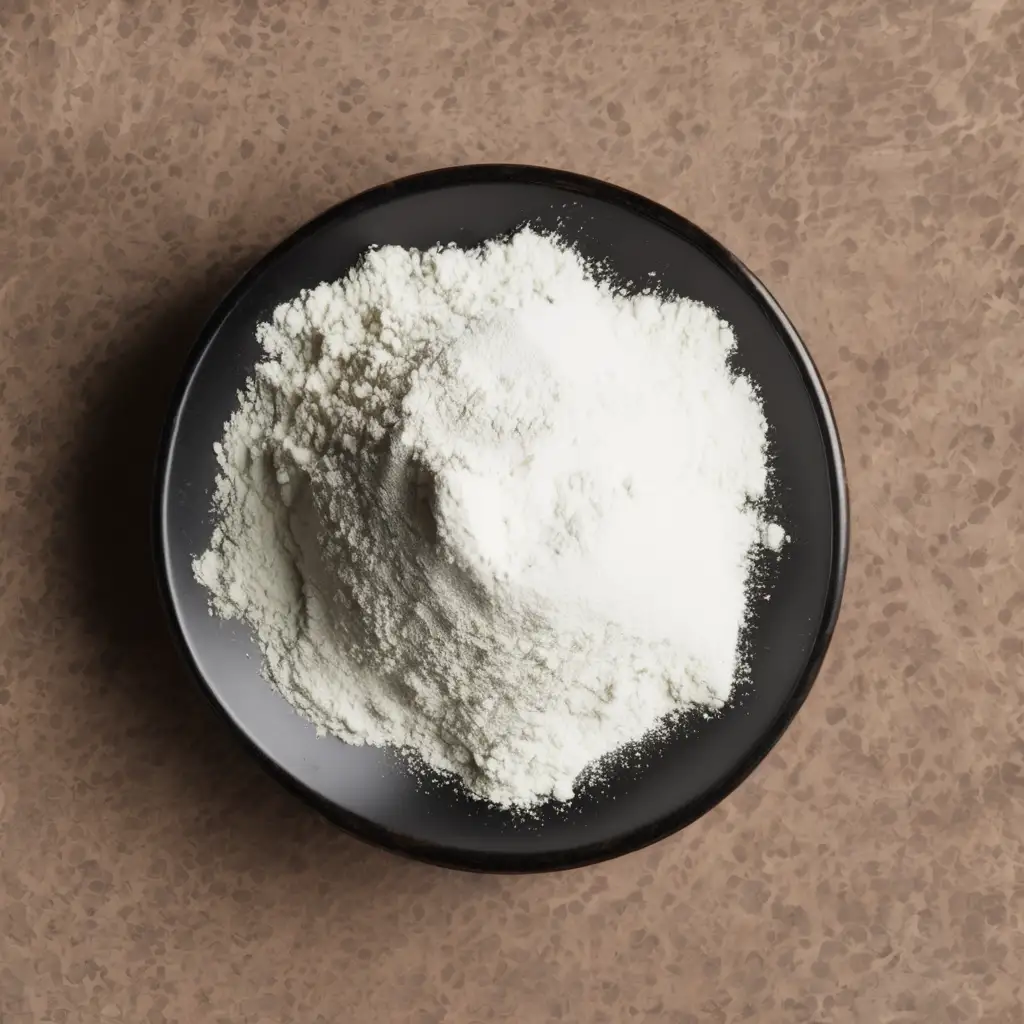Unless you are living a gluten free lifestyle, you may have never heard of guar gum or xanthan gum.
To the non-gluten sensitive crowd, they probably sound like terms from an industrial plant or some commercial process.
But actually, guar gum and xanthan gum are two of the most well-known ingredients in gluten free cooking. Actually, most gluten free bakers either have one or the other of these gums handy in their kitchens.
So, if you’re wondering just what these ‘gums’ are and what to do with them, here is a very simple, crash course…
The most basic definition of guar gum and xanthan gum lies in the ‘binding agent’ definition.
Both of these gums can be used to bind, thicken and emulsify gluten free ingredients. In fact, if you bake or plan on baking your own gluten free yeast breads, be prepared to incorporate either guar gum or xanthan gum in your baking.
Just try to bake a loaf of gluten free sandwich bread without a binding agent and see how it turns out. Actually, don’t. You’ll just waste the ingredients – it will be unsuccessful every time.
But since some form of these essential binding agents is essential to breads, how do you know which one to use?
For many people, it is a matter of personal preference. But there are different qualities of each that can affect the end result of your loaf.
Here are some of the major differences between the two gums, so you can get a feel for how they will perform in your recipe.
1. Xanthan gum is corn based, guar gum is legume based.
Xanthan is made by fermenting corn with a microbial called “Xanthomonas campestris.” Guar gum comes from guar beans. It is the seed of a bean-like plant – which is also referred to as an Indian tree. Guar gum is also high in soluble fiber.
2. Production of each gum.
If there’s one thing to know about xanthan gum is its history. Xanthan gum was actually produced from a laboratory in the 1960’s. They harvested the bacteria from fermented corn sugar. We now call it xanthan gum.
Now the one thing to be concerned about with this process is that corn is one of the most genetically engineered foods on the market, so you can bet that there is nothing ‘organic’ or ‘natural’ about the gum itself. Is this a deal-killer for using it? Not necessarily for us, but it may be for you.
3. Price.
Xanthan gum is generally more expensive than guar gum. According to Amazon, xanthan gum will run you about $15 for an 8 oz. package. In contrast, guar gum runs about $11 for an 8 oz. package.
Not a huge difference, but still notable.
4. Different properties of each.
Because they are both thickening agents, they both have the characteristics of making liquids more viscous. But the similarities end there.
Guar gum is high in fiber and a very good emulsifier, but it does not exhibit the gelling properties of xanthan gum. For these reasons, some bakers prefer to use a combination of both gums to achieve the desired result.
5. End result of your baked goods.
As mentioned above, sometimes using a combination of guar gum and xanthan gum is required to get the best end result.
Oftentimes breads made exclusively with xanthan gum have a tendency to feel or taste wet, even when completely cooled. And breads made with guar gum as the only binding agent can sometimes collapse or get very dry.
Each gum brings different properties to baking, so combinations often work very well at achieving both texture and shape.
6. Taste: xanthan gum or guar gum
While there are several components that make these gums different – taste is a big one. It might even be the deciding factor for you.
Because xanthan gum is a man-made product, the taste, or lack of, is controlled. In other words, baked goods made with xanthan gum will not have a gummy, bean-like taste to them.
Guar gum comes from a bean, so it might have a bean taste. This really depends – sometimes you may not notice it at all, other times, it may be very powerful.
7. Gluten-like behavior qualities.
We all have opinions. We have opinions on what we eat and drink and even on what others eat and drink. So it should come as no surprise that opinions on these gums will run rampant.
At gluten-free-bread.org, we tend to err on the side of neutrality; however, there is one area that deserves some controversy.
And that is the area of which gum actually behaves the most like gluten. As non-organic as it is, in our opinion, the xanthan gum actually produces a loaf of bread very similar to those loaded with gluten.
The guar gum just doesn’t produce the same elasticity that the xanthan does. Don’t get me wrong, I actually do use both, but they both serve different purposes.
Having looked at several differences between gaur gum and xanthan gum, at the very minimum, this will give you an idea of what to expect when you use one or the other.
Now that you are armed with the possibilities of what’s in store for your gluten free baked goods, what are you going to bake today?
